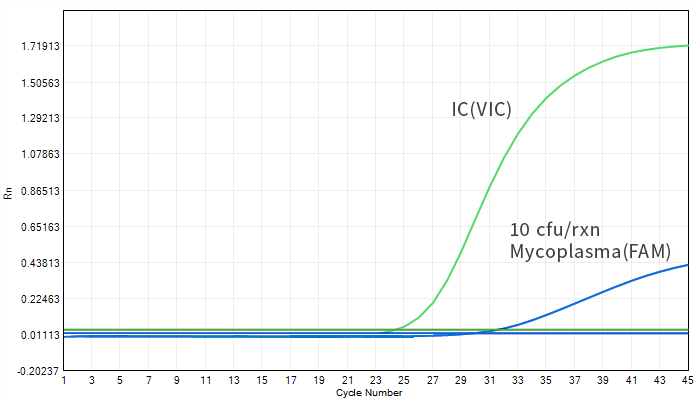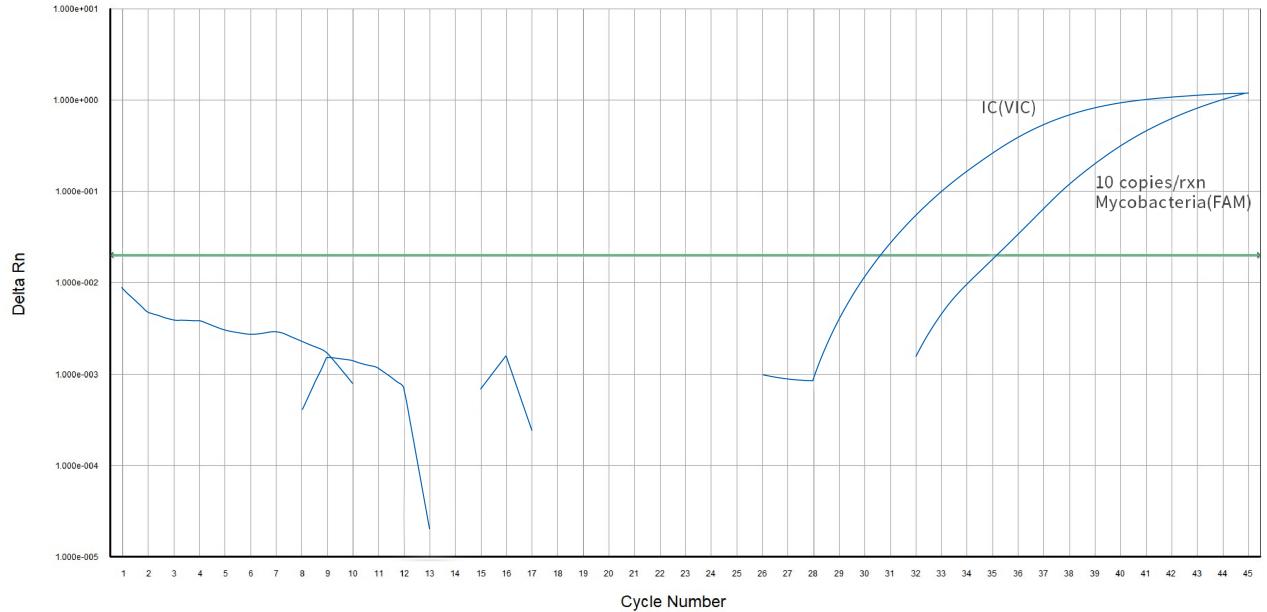Adventitious agent contaminants in seed stocks, cell substrates, and raw materials used in the production of biological products include bacteria, fungi, mycoplasma, mycobacteria, and viruses. Effective removal or control of these agents is achieved through non-specific and specific techniques.
Non-Specific Methods generally offer a broad detection range but sometimes have limitations in sensitivity and potential host-related detection issues, such as animal and culture tests.
Specific Methods target specific pathogens, such as PCR for genetic sequences. While PCR has high sensitivity, its limitation is the inability to design primers for unknown sequences.
To ensure maximal biosafety, it is essential to follow a comprehensive approach that includes appropriate sourcing and quality control of raw and starting materials, adherence to Good Manufacturing Practices (GMP) principles (including environmental and personnel monitoring and process validation), and rigorous testing for verification. The below methods are generally used for detection of Adventitious Agents:
1. In Vivo Tests:
1) Using embryonated chicken eggs or animals for testing.
2. In Vitro Tests:
1) Culture Method:
Using different media or agar.
2) PCR Methods:
For species-specific viral detection.
3) Biochemical Methods:
Assays like the PERT for reverse transcriptase.
4) Gene Sequencing:
For non-specific viral or bacteria gene sequences.
5) Infectivity Tests:
Indicator cell assays for different types of replication-competent viruses.
6) Transmission Electron Microscopy (TEM):
For morphological observation.
Adventitious agent detection methods vary depending on the bioprocessing stage, sample type, and target microorganism. Using appropriate instruments and reagents ensures reliable and sensitive detection, even at low contamination levels. There is no universal method for adventitious agent detection, but selecting the right techniques from the list below can help you find the most suitable methods for your needs.
1. Genomic Detection:
Utilizing high-throughput sequencing to comprehensively sequence DNA in biological products and compare it to databases to identify potential pathogens or other exogenous DNA.
2. Proteomic Detection:
Using mass spectrometry to analyze proteins in biological products and identify potential exogenous proteins.
3. Immunological Detection:
Employing antibody or immune response assays to detect specific components in biological products, identifying potential exogenous bacteria, viruses, or other harmful substances.
4. Microbiology Detection:
Using culture methods to isolate and identify microorganisms and detect potential pathogens.
5. Molecular Detection:
Using PCR to detect DNAs in biological products and identify the target exogenous microorganisms.
PCR-Based Method is the most common molecular-based technique for the sensitive and rapid detection or quantification of microbial contamination. By targeting specific DNA sequences, it enables the detection of some specific species, which are difficult to culture in vitro or require a long cultivation period, for example, detection of mycoplasma species by qPCR is essential for fast QC testing in support of cell & gene therapy manufacturing.
10 cfu Mycoplasma qPCR Amplification Plot

10 copies/rxn Mycobacteria qPCR Amplification Plot
